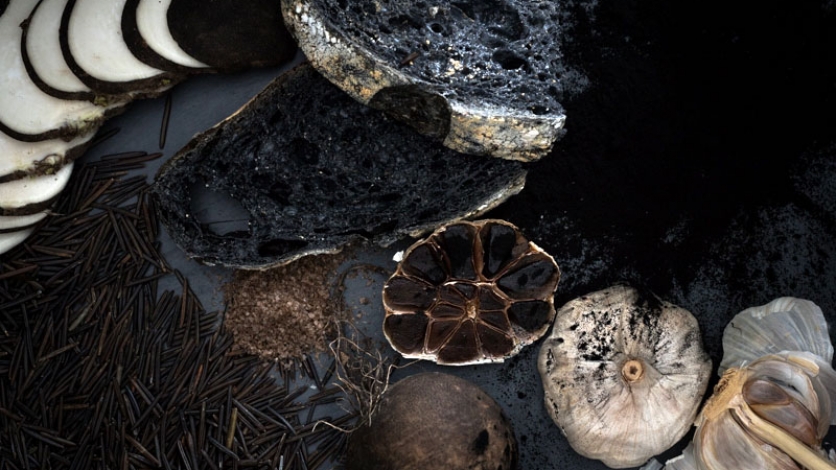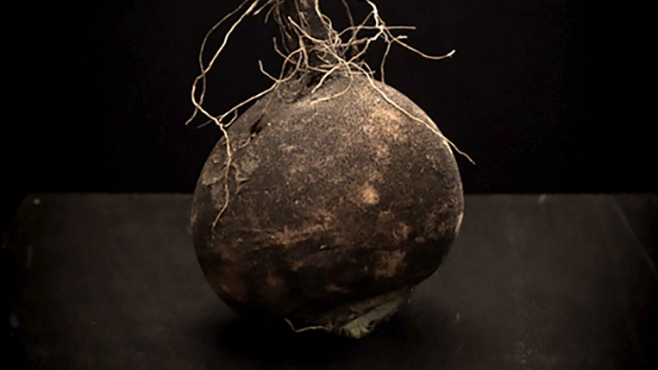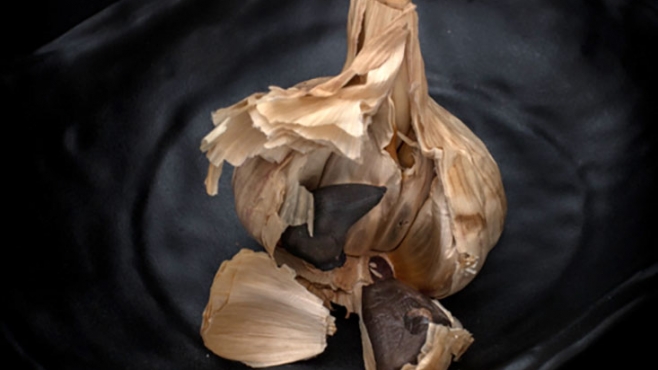
Strikingly devoid of colour, black-hued foods add drama to the plate.
Darkness has been a source of inspiration for centuries. Black backgrounds were a mainstay at the heart of Dutch artists’ obsessions with painting still-life fruit and anyone who took high school photography knows that taking pictures is nothing but the camera's aperature, balancing light and darkness.
But highlighting darkness has largely been ignored by the culinary world, until the Instagram-fed craze of charcoal ice cream and black pizzas filled our feeds.
Perhaps this is due in part to the evolution of food and cooking. In the past, consuming black food could lead to death or at the very least, an upset stomach. From deadly nightshade berries that could be mistaken for blueberries, black mold or charred remains of grilled meat — dark foods haven’t always been a main attraction.
Black-hued ingredients can be surprisingly healthy and provide added variety to staples such as rice, bread and garlic.
Dark pigment comes from a variety of sources. Some products have black pigment artificially introduced the way cephalopod ink (more commonly known as squid or octopus ink) is used to colour pasta in Italian dishes. The ink, which is primarily composed of melanin — a result of oxidizing amino acids — is extracted from the marine animal’s ink sac, before being used as an additive.
Some foods come by their dark colours naturally, such as eggplant, wild rice, black radish, black beans and black currants. The one thing many of these products have in common is naturally occurring anthocyanin, a type of flavonoid — a compound that gives many foods their vibrant colour, the way carotene does in carrots.
Regardless of how foods come by their night sky-like darkness, they provide an interesting addition to any dish.







